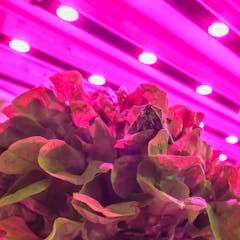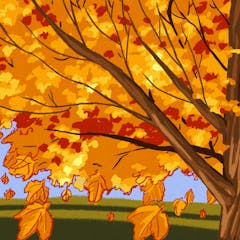
Articles on Plants
Displaying 161 - 180 of 324 articles

Oxygen produced by these plants helps animals boost their metabolism to match the heat.

A startling phenomenon occurs after a fire tears through a landscape. So what is it in bushfires that gives plants this kiss of life?

Not only can plants survive fire, they can use the experience of being burned to prepare themselves for future blazes.

Plant cells signal between each other in order to agree what time it is.

On the outskirts of Darwin, small insects are gobbled up by strange plants. Enter the world of the bladderwort.

Plants clearly lack brains but does all intelligence have to look like our own?

Albany pitcher plants are more closely related to cabbages and roses than any other carnivorous plant.

Indoor plant factories have high energy costs since LEDs replace the sunlight outdoor plants get for free. Scientists found a way to dial back how much light is needed by breaking it into tiny bursts.

Waterwheel plants use snap up mosquito larvae, tiny fish and even tadpoles in freshwater wetlands around the world – including remote parts of north Australia.

The rapid invasion is a major threat to the environment and rural people’s livelihoods.

Britain’s councils are cutting roadside verges less often to allow vibrant wildflower meadows to bloom.

Most plant life survived the nuclear disaster at Chernobyl - and they have a lack of legs to thank for it.

They might be a hated household pest, but ants actually live fascinating and complex lives.

A recent global survey found almost 600 plants have gone extinct. And this figure is likely to be an underestimate.

We don’t notice the plant species we’re losing, but we won’t be able to ignore the effect of their loss on our supply of food and medicine.

Leaves fall off trees when they aren’t doing their job any more. If there isn’t enough water, the leaf can be damaged and stop working.

New species are being discovered all the time, which only adds to the problem of knowing how many there are on the planet today. It also helps to know what we mean by species.

As warming temperatures shift the availability of key food sources, Alberta’s grizzly bears will be forced to adjust.

Pollen counts focus on the amount of grains in the air, but it could be the species that are more important.

Phragmites australis, an invasive reed, has taken over wetlands across the US. But it also stabilizes shorelines and harbors many fish and birds. Is it time to compromise with this alien?





